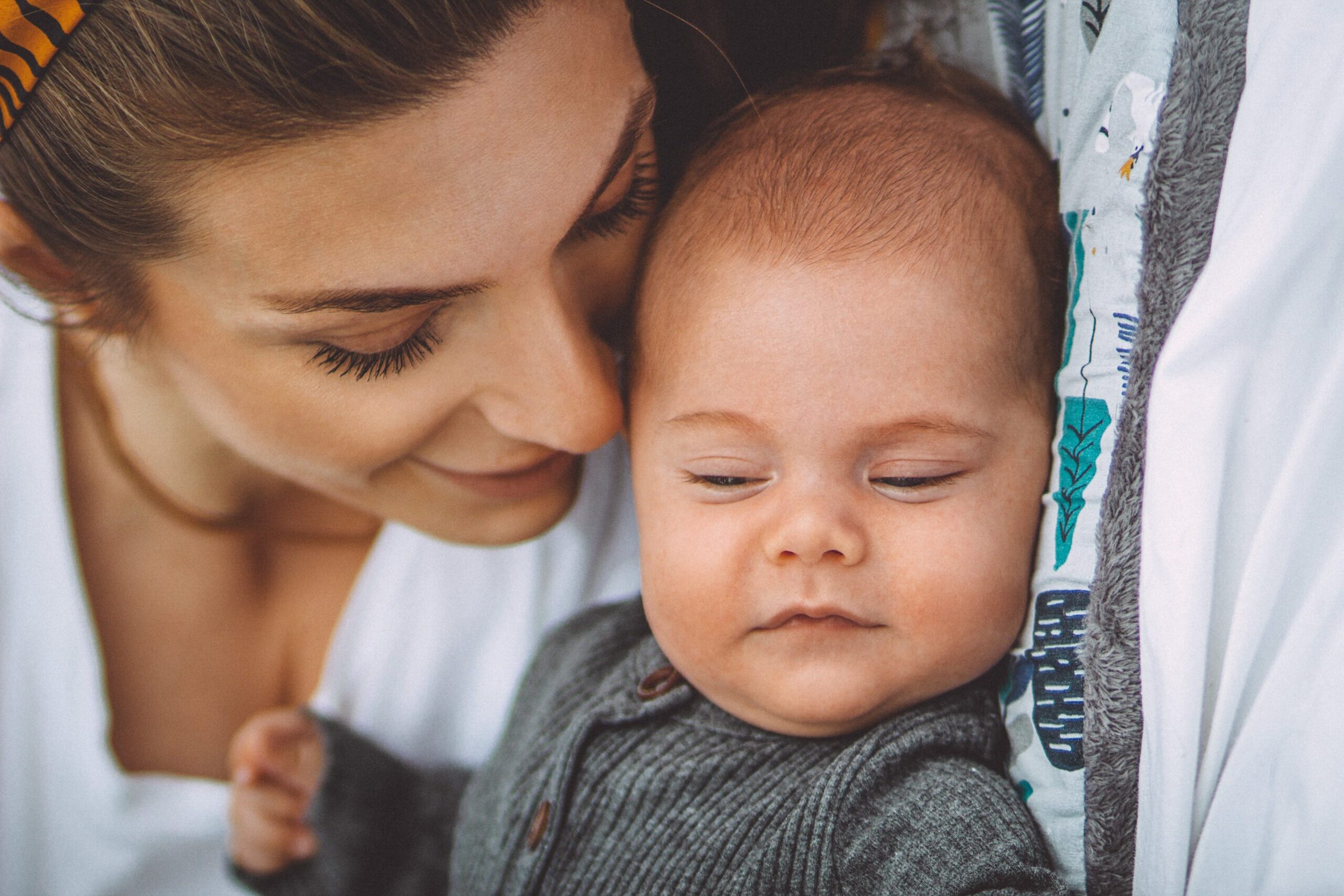
Does Your Baby Protest When Sleep Time Begins?
Does your baby start to fuss or cry as soon as you walk into their room to begin the bedtime routine? If so, you’re not alone. This behavior is incredibly common, particularly for babies learning to sleep independently. As they grow, babies develop strong associations and attachments with the people and routines they love most. When your baby seems upset at bedtime or nap time, it’s often because they recognize the separation that comes with sleep and want to resist it. They may even be experiencing a bit of FOMO (fear of missing out) — not wanting to miss time with you or any “fun” that might happen while they’re asleep.
As a parent, it’s easy to feel stressed or guilty about this reaction. But here’s the good news: this behavior is completely normal and is actually a sign of healthy attachment. Below are some strategies to help ease the transition to sleep time and create a smoother, more enjoyable bedtime routine for both you and your baby.
Create a Soothing, Predictable Routine
A consistent bedtime routine helps your baby understand what to expect, building a sense of security and comfort. Include calming activities, such as:
- A warm bath
- Quiet stories
- Gentle songs
Keep the routine short and focused on positive, calming interactions to help prepare your baby for rest.
Shift Focus to the Room
Help your baby build positive associations with their sleep space by spending some non-sleep time in their room. Play, read, or cuddle there during the day. This can make the room feel like a comforting, familiar environment rather than a place solely associated with separation or sleep.
Start the Bedtime Routine Outside the Room
If walking into the bedroom triggers protests, consider beginning the bedtime routine elsewhere. For example:
- Read stories or sing songs in the living room or another quiet spot.
- Then, move to the bedroom to finish the routine.
This gradual transition can help your baby adjust to the idea of bedtime.
Offer Predictable Cues
Babies thrive on predictability, so try incorporating consistent cues into your routine, such as:
- Saying a specific phrase like “It’s time for sleep now.”
- Offering a favorite stuffed animal or lovey (for babies over 12 months old).
Over time, these cues will help your baby associate bedtime with feelings of comfort and security rather than separation.
Comfort Without Prolonging Separation Distress
If your baby becomes upset during the bedtime routine, respond calmly and offer brief comfort. Avoid extending the interaction in ways that might reinforce their upset reaction. This balanced approach shows your baby that you’re there for them without turning bedtime into a game or a prolonged source of attention.
Gradually Adjust Your Presence
Consider staying in the room for a few moments as your baby settles, then gradually reducing the time you stay. This method, often called “gradual withdrawal,” helps your baby build confidence in their ability to fall asleep independently while still feeling reassured by your presence.
Be Patient and Consistent
Adjusting to a bedtime routine takes time. Consistency is key to helping your baby feel secure and comfortable. With patience and a regular routine, your baby will begin to approach bedtime with less distress and more ease.
Final Thoughts
Helping your baby feel comfortable at bedtime is a process that combines security, routine, and positive associations with their sleep space. With gentle, patient consistency, you can turn bedtime into a peaceful and enjoyable experience for both you and your baby.
If you’d like personalized support with this or other sleep challenges, I’m here to help! Book a free discovery call to discuss your sleep goals and how I can guide you toward better rest for your whole family.
Cheers to more Slumber Time!
Jade Smith, Certified Pediatric Sleep Consultant
See other families with sleep challenges similar to your own & find out what they have to say about Slumber Time Sleep Consulting.






